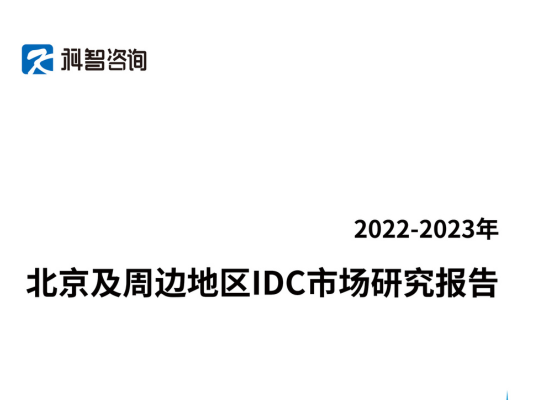July 28, 2023, /THESTARR/ - In future 6G wireless communications systems, ultra-high-speed wireless communications are expected to be achieved by utilizing the 300 GHz band, NTT said
Japanese company NTT and researchers with the Tokyo Institute of Technology announced the successful demonstration of a phased-array transmitter module to enable instantaneous ultra-high capacity data transmission to mobile receivers.
In a release, NTT noted that the researchers succeeded in achieving what it claims to be the world’s first wireless data transmission via beamforming in the 300 GHz band, which is expected to be utilized in the realization of future 6G systems.
In as-yet-unstandardized 6G wireless communications systems, ultra-high-speed wireless communications are expected to be achieved by utilizing the 300 GHz band. This band has the advantage of being able to use a wide frequency range. On the other hand, it faces the problem of large path loss during signal propagation through space. Beamforming technology is being studied to overcome this problem, NTT explained.
“Beamforming concentrates and directs radio energy toward the receiving device. In 5G wireless systems that use radio waves in the 28 GHz and 39 GHz bands, beamforming has been realized with CMOS1 integrated circuits (IC). On the other hand, CMOS-IC alone lacks sufficient output power in the 300 GHz band. Combining CMOS-IC with III-V compound IC, capable of high-output power, is therefore being attempted around the world to achieve beamforming in the 300 GHz band,” NTT said.
NTT explained it has developed indium phosphide integrated circuit (InP-IC) chips that integrate NTT’s proprietary high-output power amplifier circuit and antenna circuit, while Tokyo Tech has succeeded in fabricating a highly scaled CMOS-IC containing frequency conversion and control circuits. “NTT and Tokyo Tech have now developed a compact four-element phased-array transmitter module by mounting the aforementioned CMOS-IC and InP-IC on the same printed circuit board. With a steering range of 36 degrees, maximum data rate of 30 Gbps and communication distance of 50 cm, this transmitter module has succeeded in achieving the world’s first high-speed wireless data transmission in the 300 GHz band using beamforming,” NTT said.
NTT also highlighted that te developed technology demonstrated one-dimensional beamforming. NTT and Tokyo Tech are working on demonstrating two-dimensional beamforming with a 2D array and extending the communication distance by increasing the number of arrays. “NTT and Tokyo Tech are also engaged in the development of receiver modules to meet the needs of 6G applications and in the practical implementation of wireless communication with transmission capacity ten-fold greater than is available today.”
In March, Japanese telco NTT Docomo and its parent company NTT had announced plans to expand experimental trials in the 6G field with five vendors including Nokia, Fujitsu, NEC, Ericsson, and Keysight Technologies.
In preparation for launch of future 6G systems, Docomo and NTT said they are already engaged in the verification of various mobile communications technologies for purposes including use of millimeter and sub-terahertz frequency bands in addition to bands currently used for 5G technology. Docomo and NTT have been collaborating with Fujitsu, NEC, and Nokia on trials of not-yet-standardized 6G, as well as related AI technologies, since June 2022.
The Japanese firms had recently agreed with Ericsson to begin testing 6G wireless interfaces for mid-band 6GHz-15GHz frequencies, as well as sub-terahertz 100GHz bands. Also, the pair had agreed with Keysight Technologies to test radio propagation for ultra-wideband communication using sub-terahertz bands.








